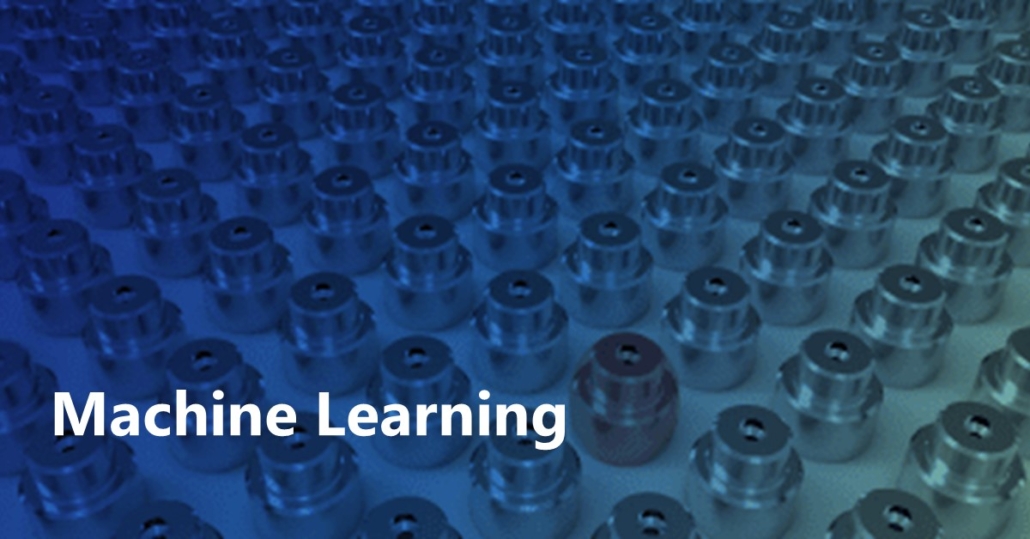MCTR: Multi Camera Tracking Transformer
Multi-camera tracking plays a pivotal role in various real-world applications. While end-to-end methods have gained significant interest in single-camera tracking, multi-camera tracking remains predominantly reliant on heuristic techniques. In response to this gap, this paper introduces Multi-Camera Tracking tRansformer (MCTR), a novel end-to-end approach tailored for multi-object detection and tracking across multiple cameras with overlapping fields of view. MCTR leverages end-to-end detectors like DEtector TRansformer (DETR) to produce detections and detection embeddings independently for each camera view. The framework maintains set of track embeddings that encaplusate global information about the tracked objects, and updates them at every frame by integrating the local information from the view-specific detection embeddings. The track embeddings are probabilistically associated with detections in every camera view and frame to generate consistent object tracks. The soft probabilistic association facilitates the design of differentiable losses that enable end-to-end training of the entire system. To validate our approach, we conduct experiments on MMPTrack and AI City Challenge, two recently introduced large-scale multi-camera multi-object tracking datasets.

 Our
Our 